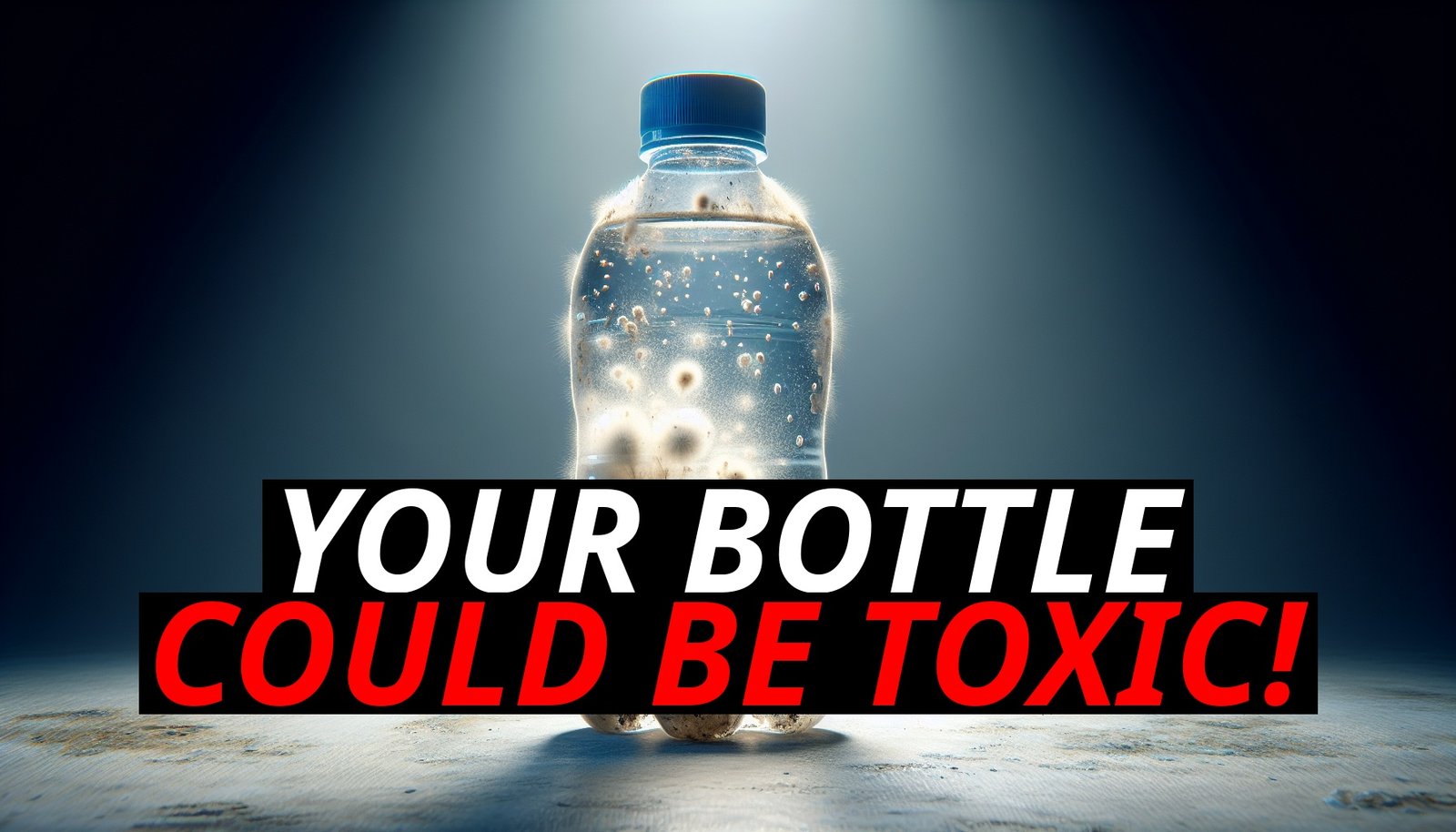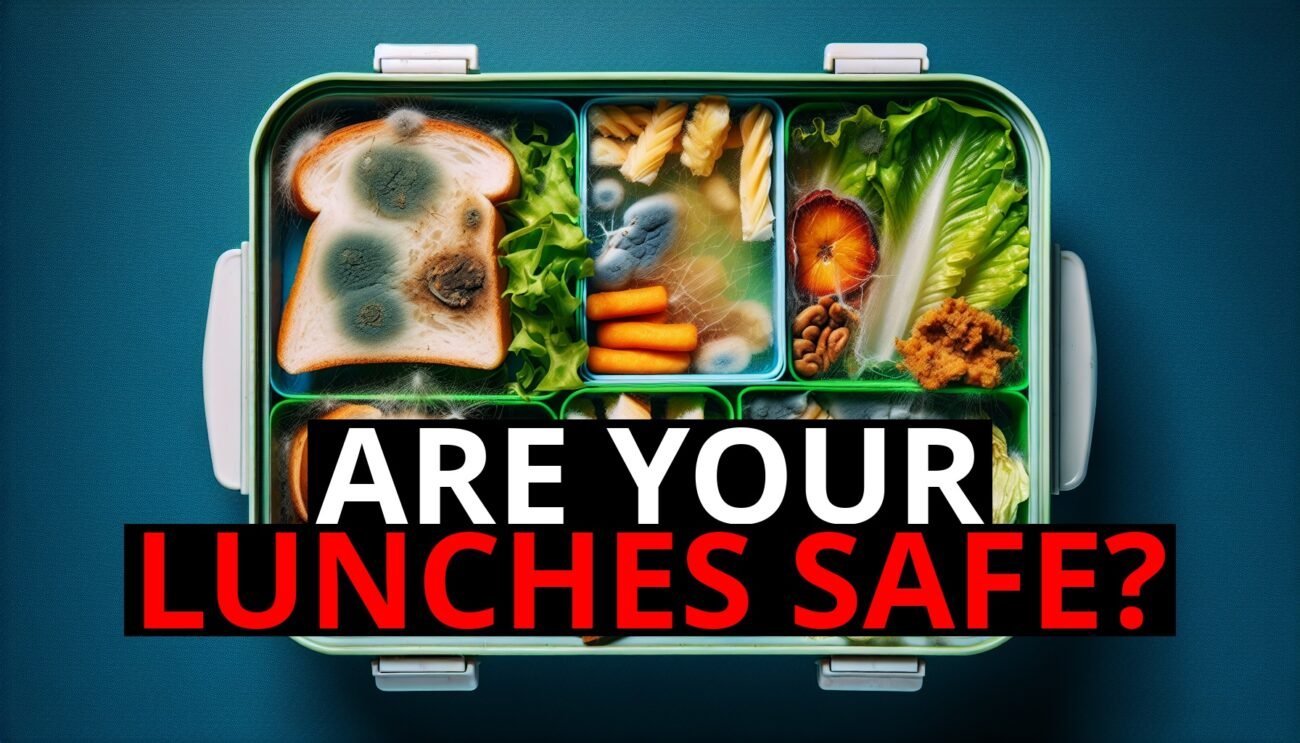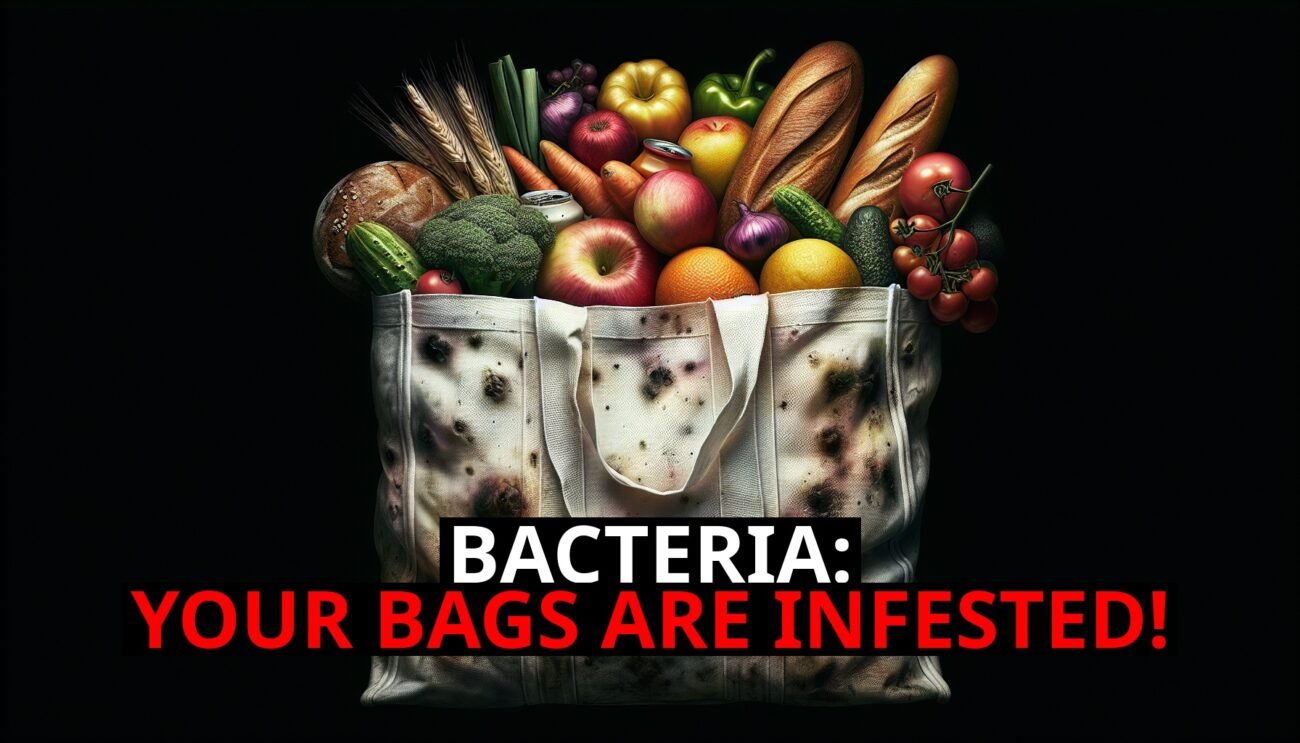Could Your Trusty Water Bottle Be Harming You?
You grab your water bottle as you head out the door, confident that you’re making a healthy choice by staying hydrated. But what if that very bottle—the one you use every day—could be putting your health at risk? It’s a startling thought, but recent research suggests that the plastic in your water bottle might not be as safe as you think.
Whether it’s the gym, the office, or a hike, your water bottle is your constant companion. But what if it’s doing more than just quenching your thirst? What if it’s leaching harmful chemicals into the water you drink? Let’s dive into the hidden dangers lurking in plastic water bottles and explore how they might be making you sick.
The Problem With Plastic: Understanding Bpa And Its Replacements
For years, Bisphenol A (BPA) was the go-to chemical in plastic production. It made plastics durable, clear, and shatterproof—qualities that made it perfect for everything from water bottles to food containers. But then the warnings started: studies linked BPA to hormone disruption, reproductive issues, and even cancer. BPA became the chemical to avoid, and consumers quickly turned to BPA-free products, thinking they were making a safer choice.
But here’s the catch. While BPA-free bottles might not contain BPA, they often include other chemicals, like Bisphenol S (BPS) and Bisphenol F (BPF). These chemicals are part of the same family as BPA and were introduced as safer alternatives. However, emerging research suggests that BPS and BPF might be just as harmful—if not more so—than BPA.
The Health Risks Hiding In Your Water Bottle
So, what exactly are the risks associated with these chemicals? Here’s what you need to know about the potential dangers lurking in your everyday plastic water bottle:
– Endocrine Disruption: BPA, BPS, and BPF can all mimic estrogen, a hormone that plays a critical role in your body’s endocrine system. When these chemicals leach into your water and enter your body, they can disrupt hormone balance, leading to issues like weight gain, mood swings, and reproductive health problems.
– Reproductive Health Concerns: There’s growing evidence that exposure to BPA and its replacements can impact fertility and reproductive development. This is particularly concerning for women of childbearing age and for developing fetuses.
– Increased Cancer Risk: Some studies have linked BPA exposure to an increased risk of certain cancers, particularly breast and prostate cancer. While research is still ongoing, the structural similarities between BPA, BPS, and BPF suggest that these chemicals could pose similar risks.
– Developmental Issues in Children: The effects of BPA and similar chemicals on children’s development are particularly troubling. Exposure during critical periods of growth could lead to long-term health problems, including behavioral issues and developmental delays.
Why Bpa-Free Might Not Be Enough
When you see a water bottle labeled “BPA-free,” it’s easy to assume that it’s safe. But as we’ve seen, the chemicals used to replace BPA—like BPS and BPF—might carry their own set of risks. In some cases, these chemicals could even be more persistent in the environment and in your body, potentially causing more harm over time.
This raises an important question: If BPA-free isn’t truly safe, what should you do to protect your health?
How To Choose A Truly Safe Water Bottle
The good news is that you have options. Here are some tips to help you choose a water bottle that’s genuinely safe for your health:
– Opt for Safer Materials: Consider using water bottles made from glass, stainless steel, or food-grade silicone. These materials don’t rely on bisphenols like BPA, BPS, or BPF, making them safer choices for your everyday hydration.
– Avoid Plastic When Possible: If you do use plastic bottles, try to avoid exposing them to heat, such as leaving them in a hot car or putting them in the dishwasher. Heat can increase the likelihood of chemicals leaching into your water.
– Be Cautious with “BPA-Free” Labels: Don’t assume that BPA-free means safe. Research the brands and materials you choose, and opt for products that are transparent about their safety standards.
– Stay Informed: As new research emerges, our understanding of chemical safety evolves. Keep up to date with the latest findings so you can make informed decisions about the products you use every day.
Conclusion: It’S Time To Rethink Your Water Bottle
Your water bottle should keep you healthy and hydrated, not expose you to harmful chemicals. By understanding the potential risks associated with everyday plastic water bottles—including those labeled BPA-free—you can make smarter, safer choices for your health. Remember, it’s not just about avoiding BPA; it’s about choosing materials that truly protect your well-being. So next time you reach for your water bottle, make sure it’s one that supports your health, not one that could be making you sick.













